Feature 6 min read
Battery swapping is popular in China, but how does it work?
Just over a month ago, Chinese EV maker, NIO, reported its two millionth battery swap since going live with the technology in 2018. Over a million of these swaps were carried out since October. But what is battery swapping, and does it have a future outside of China?
To coin a phrase, battery swapping does exactly what it says on the tin. Instead of recharging an EV battery in the traditional way, the entire unit is removed and replaced with a fully charged one. The spent one which has been removed is then recharged and stored at depot until it is put back in another EV.
How is a battery swapped in practice?
There have been a number of battery swapping experiments over the years, but we’ll concentrate on the most successful to date: NIO in China.
In the case of NIO, like most EV makers its batteries come in set sizes with 70kWh being standard across its models, 84kWh being the next step up and 100kWh being the biggest at present. Its new ET7 flagship saloon will have as much as 150kWh by 2022.
The brand has ‘Power Swap Stations’ across China, with 193 now open according to the latest stats and with plans for closer to 500 by the end of the year. These deal with the act of removing a spent battery and putting a charged one in its place. In a typical Power Swap Station there is space for five EVs, with a swap taking as little as three minutes.
The process is almost entirely automated as the below demonstration video from NIO demonstrates, with vehicle and battery alignment, the removal and re-attachment of batteries being carried out without human intervention. Whilst the swap is undertaken, battery and vehicle health checks are undertaken to ensure everything is operating as it should be.
What’s more, NIO has just launched its Power Swap Station 2.0 which will allow the process to become almost entirely autonomous – including the act of manoeuvring into the station. Power Swap Station 2.0 uses 239 sensors which recognise the vehicle and enable a driver to simply hit a single button to initiate the swap. Each station is capable of 312 swaps per day.
Seems straightforward, but who owns the batteries?
Battery rental has been ditched by EV makers in the west, with Renault the last to cling on until recently. For most people, buying an EV but renting the battery was a bit like coughing up for a petrol car but paying monthly for the fuel tank. It didn’t make a lot of sense.
Of course, most new car buyers will finance their EV on PCP or lease, so they never technically own it anyway, but that aside, attitudes here are far more skewed towards ownership rather than rental.
NIO operates a Battery as a Service (BaaS) model where like the film, batteries are not included. Owners will still buy or finance their car, but they will also subscribe to have access to a certain size of battery. For example, a monthly subscription to a 70kWh battery costs £109. They can then swap as little or often as they need, with the most frequent visitor completing 654 swaps (as of late March 2021).
Have any other businesses done it?
Yes. But it hasn’t caught on and arguably, despite NIO’s success in China, it is still offering a very niche product when looked at on a global level.
Way back in 2013, Tesla demonstrated battery swapping technology, swapping out a Model S battery in just 90 seconds. It even opened a swapping station in California but unlike in the Field of Dreams, Tesla built it and nobody came. Just five of an initial batch of 200 invitations to owners actually bothered to give the technology a go. Apathy from the rest put paid to the idea altogether.
Since then Tesla has created one of the world’s best fast charging networks. Furthermore, like many tech giants it ringfences its technology and would never want to take part in a battery swapping business model that saw it sharing tech with other manufacturers.
Before Tesla, Israeli firm ‘Better Place’ tried to roll out battery swapping in several markets, using Renault Fluence ZEs as its focus. However, it targeted business users and there wasn’t the volume of use to make the company work. It folded in 2013.
A new kid on the block, Ample, has recently entered the fray and is also targeting business fleets and taxis. It is aiming to operate in cities and, when it comes to fleets, in strategic locations around countries with initial plans set in mainland Europe. However, its business model depends on partnerships with OEMs and fleets, and them being willing to switch to Ample’s own standardised battery modules.
Seems sensible. When’s it coming here?
Battery swapping answers a lot of questions. Charging becomes an off-site problem, so access to a home charger or nearby on-street charge point is suddenly a non-issue.
Renting batteries via BaaS means that degradation over time isn’t a concern so assuming older EVs are still supported by swapping stations, they could continue providing service without the worry of a replacement battery being a concern. This also keeps cells in the hands of manufacturers which could answer another big issue facing the industry: recycling of spent batteries. Manufacturers could literally own that process and improve the environmental credentials of their businesses by creating circular economies.
But – and there is a big but – there are issues around standardisation between manufacturers, locations of swapping stations and who owns them, and the expense of all of this infrastructure in markets where charge points are in the ascendance. There’s also the issue of the western culture which favours ownership over rental, and of behaviour, where we do most of our charging at home (around three quarters – as referenced in our chat with Versinetic) rather than in public.
However, that isn’t to say it will never happen. Homogenisation of EVs and their cells is already widespread, with Ford set to use VW’s MEB platform, for example. EV makers have also been willing to buy into shared infrastructure in the form of IONITY here in Europe and Electrify America in the USA.
The EV market is still young and comparatively able to pivot. It would take a brave manufacturer to introduce battery swapping here, but with NIO heading for Europe, it could well end up being a Chinese import that catches on.

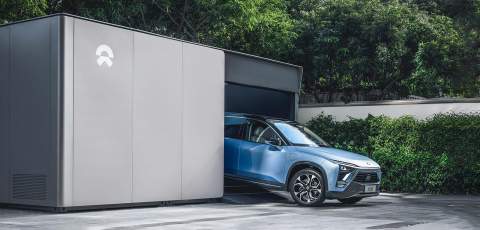
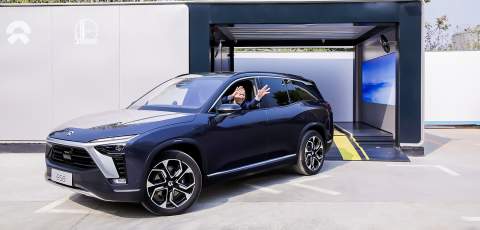
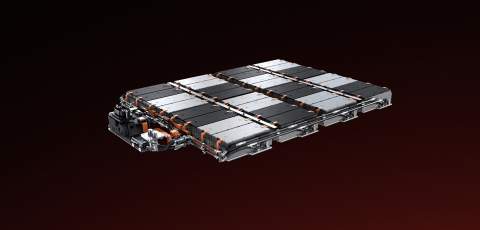
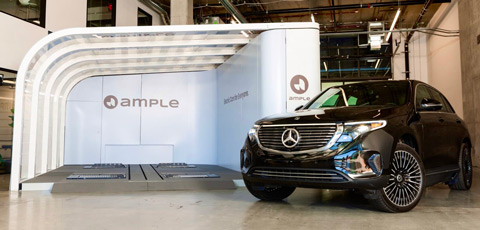
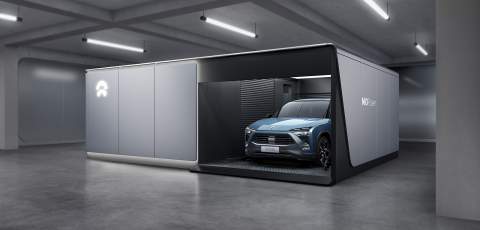


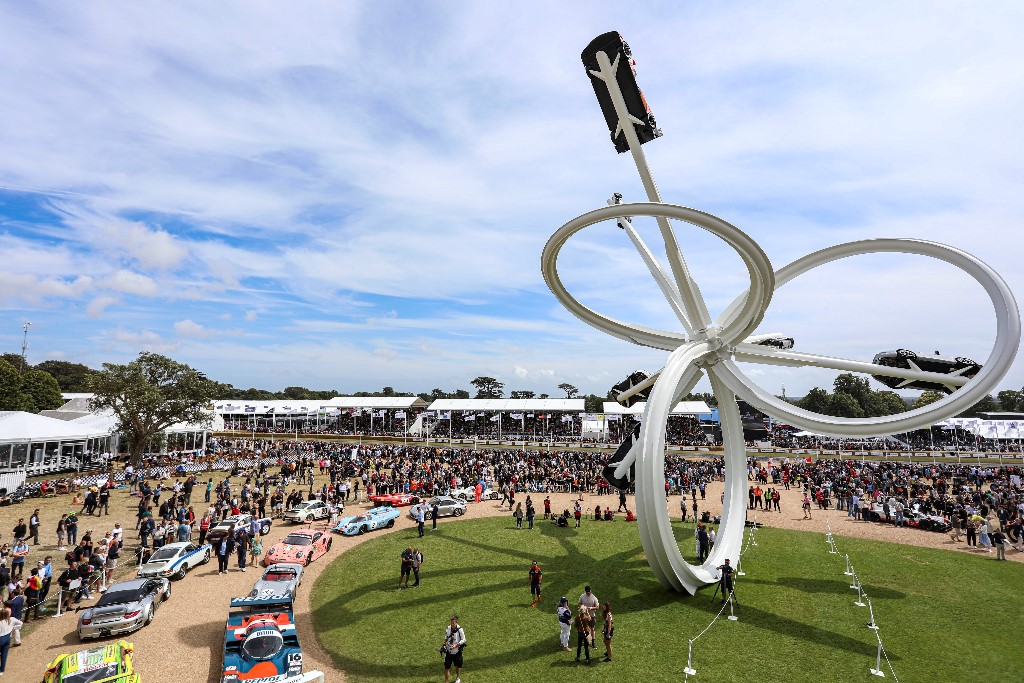
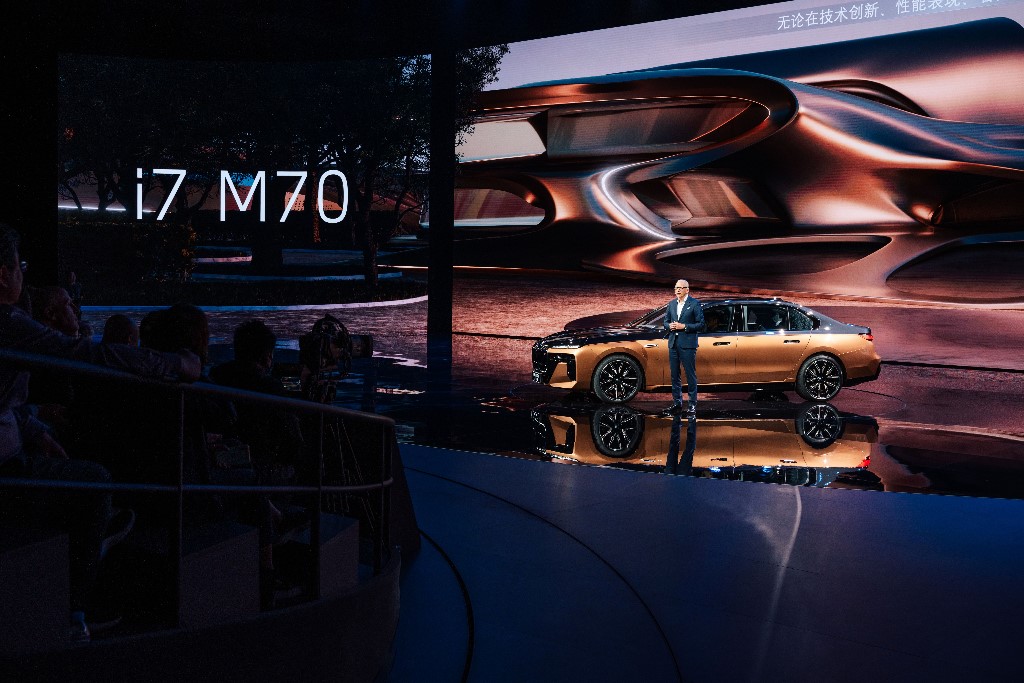
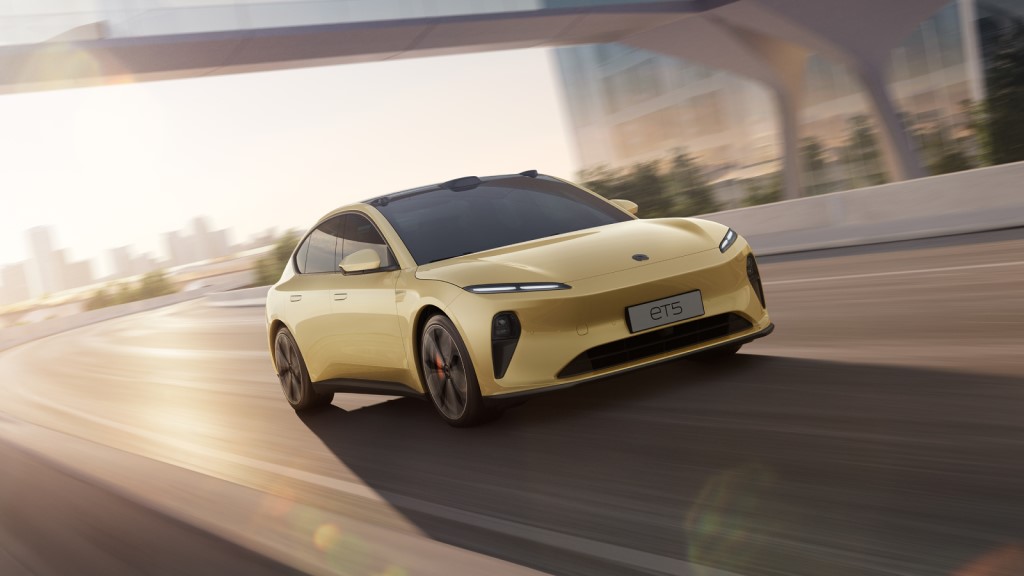
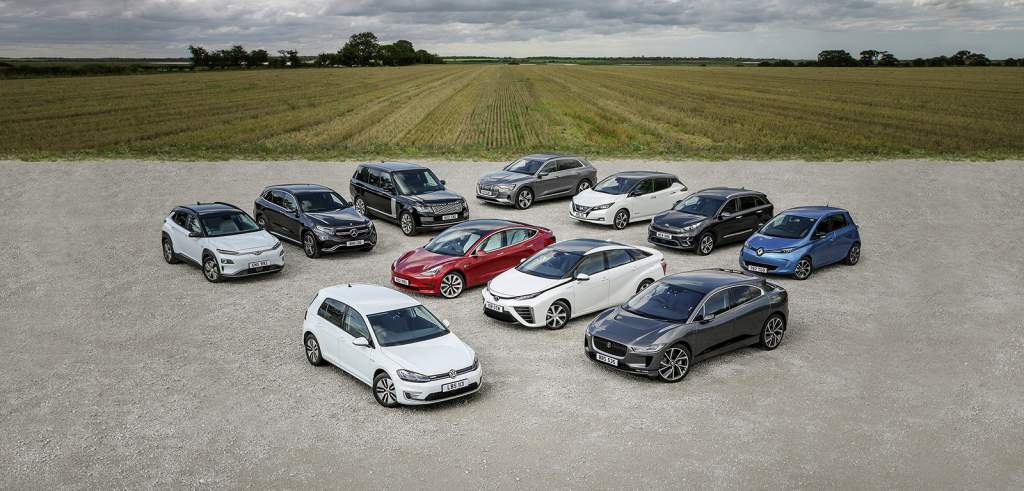
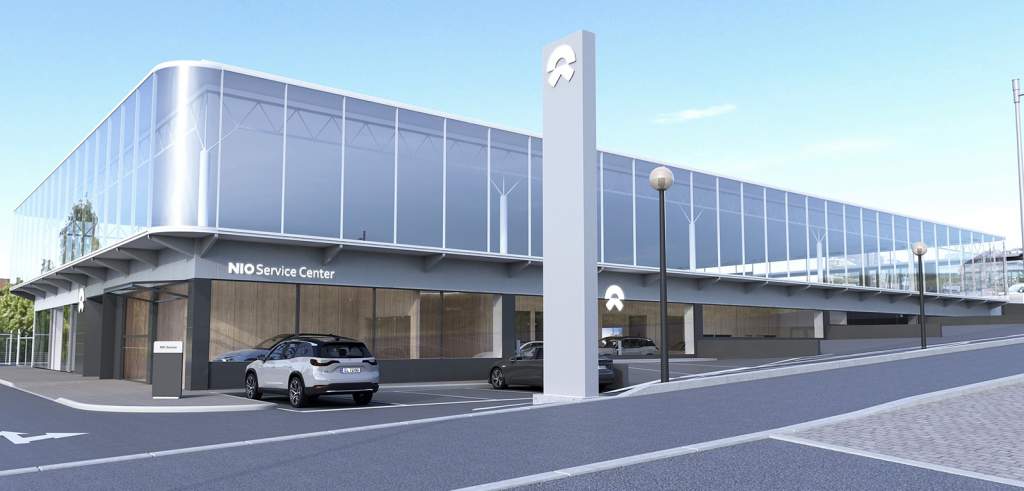

Comments (0)
Be the first to write a comment
Login/ Signup